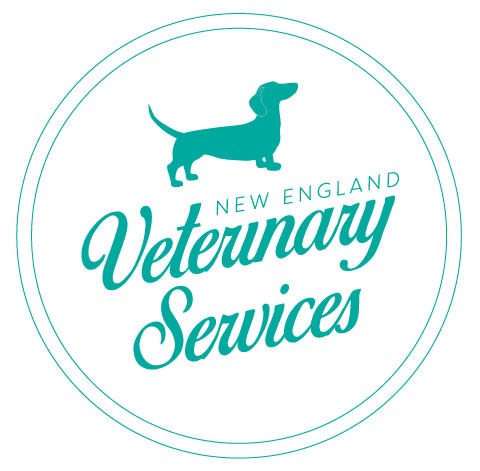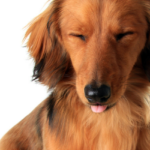Here at NEVS we utilise and adhere to the low-stress handling guidelines outlined by the Low-Stress Handling University. This movement, pioneered by Marty Becker and the late Sophia Yin in America is gaining fast momentum all over the world.
So what is Low-Stress Handling and why is it important for you, your pet, and us? Every time your pet experiences a situation it creates either a positive, neutral, or negative association with that situation. With time and repetition, the association becomes stronger. This means if your pet has a scary experience at the vet one time, he may approach the next visit with trepidation as he remembers the bad time he had last time. If he again has an unpleasant experience, then he learns to fear, or resent coming to the clinic. This has repercussions in that some animals may defend themselves from a perceived threat (clinic staff) and exhibit aggressive behaviour, even though it is based in fear. If he is a less confident dog he may become what we call inhibited, which means he shuts down and may hide his signs of illness. Both of these responses lead to a less than ideal situation for us to perform a proper physical examination, result in your pet feeling threatened and scared, and often because the animal is already in a fight-or-flight mode they can have trouble realising that there is no danger and so have trouble seeing the clinic as anything other than a scary place.
Lots of animals are nervous in the clinic setting, with the strange smells, sounds, people and animals so it’s really important that we are able to relax them and build a trust relationship with them. This allows better information gathering from your pet, and also results in more cooperation (and less need for restraint) when procedures need to be performed. If we can show your pet, again and again that we are friendly and aren’t there to hurt them, just look, then your pet will begin to see the clinic in a more positive light, and maybe even look forward to visits! (that’s the end goal!)
So how do we do this at NEVS? Firstly, we have separate dog and cat consulting rooms. Whilst not so important for dogs, cats are highly olfactory (meaning their sense of smell is really important) and smelling dogs can make them anxious before we even start! And an anxious cat is more likely to show fear aggression if it thinks there’s a dog around the corner! We also have cat parking in the waiting room so your kitty can safely hide out of view of dogs and other cats whilst you are at the counter, and be retrieved when you are ready. We also utilise pheromone therapy and have species-specific pheromone diffusers in both consult rooms and wards. These pheromones, whilst undetectable to us, serve to provide calming signals and soothe animals. We have soft, non-slip covers for the consulting room tables, but if your pet isn’t comfortable on the table then that’s perfectly fine! We will perform our physical exam on the floor, within the carrier (if it’s a cat) or on the couch (if it’s a dog). We might only perform a perfunctory physical exam (if the situation is routine) if your pet signals that he has had enough, and before we turn it into a negative experience. Second to last we have a huge treat budget! We utilise a smorgasbord of treats every consult to create a positive association with us and the clinic (this is called counter-conditioning). We have various toys as well for those animals that are more object-focused to get them engaged and enjoying their time with us.
Finally, when we do need to use restraint we utilise stress-free handling techniques such as distraction, towel wraps, and gentle restraint. If chemical restraint (sedation) is required, we don’t wait until the animal is in a panic state; we recommend it early and if needed utilise amnesic compounds so your pet will have no memory of the unpleasant procedure. You will never see us pinning an animal for a nail trim, muzzling a fearful animal, or scruffing a cat for blood-work! We find we just don’t need to when we utilise all these other measures to create a positive environment. Low-stress measures may take a little more time, but the long-term goal of a trusting relationship with your pet for life is totally worth it to us!
So if you care about the mental health of your pet at his regular veterinary examinations, come and see us at The Armidale Vet Clinic in the old radiology building and see for yourself just how far we’ll go to get your pet to enjoy his or her visits!
For more information see:




